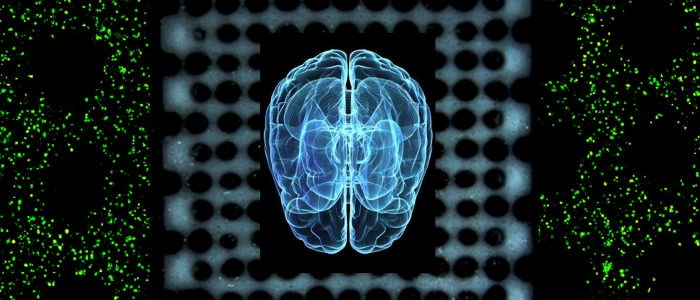News
3D printing bone tissue
Jun 28 2022
In a world-first, researchers have 3D printed structures that support the growth of brain-like tissue from human stem cells, paving the way for an improved understanding of neural disorders like schizophrenia, epilepsy and post-traumatic stress.

ACES stem cell expert Associate Professor Jeremy Crook said using human stem cells to grow tissue provides the best chance of replicating the function and behaviour of the brain.
“Developing a biologically relevant system will give us a more accurate picture of how the brain responds to disease and new treatments,” he said.
“The synthetic tissue we’ve developed has the potential to recapitulate the behavior of complex neural networks, in a three dimensional configuration, just like brain tissue.”
Akin to printing ink with an ordinary desktop printer, the stem cells were printed layer-by-layer in a bioink under sterile conditions. After printing, the bioink formed a 3D porous gel that provided structural and biochemical support to the cells.
The cells were then directed to become more specific in function within the gel, so as to form an artificial tissue containing brain cells, such as neurons and supporting cells.
“As the first example of using 3D bioprinting technology to engineer neural tissue from human stem cells we are excited about the opportunity to further develop and apply the method for research and future clinical use,” Jeremy said.
“This could include adapting the method for generating other 3D tissues from different stem types, and the prospect of other groups applying the approach to accelerate its application.
“In the immediate term, we will use the tissue to study human neural development, disease and early-phase drug testing. Down the track they could even be used as the basis of replacement tissues,” he said.
The work is part of ongoing research and development within the ACES Synthetic Biosystems theme for new additive fabrication techniques to develop implantable structures for medicine.
ACES Director and ARC Laureate Fellow Professor Gordon Wallace said achieving this outcome required the integration of skills and knowledge drawn from materials science, engineering and biology.
“The culture of integrated research within ACES has made this possible,” he said.
The work is described in the international journal, Advanced Healthcare Materials.













